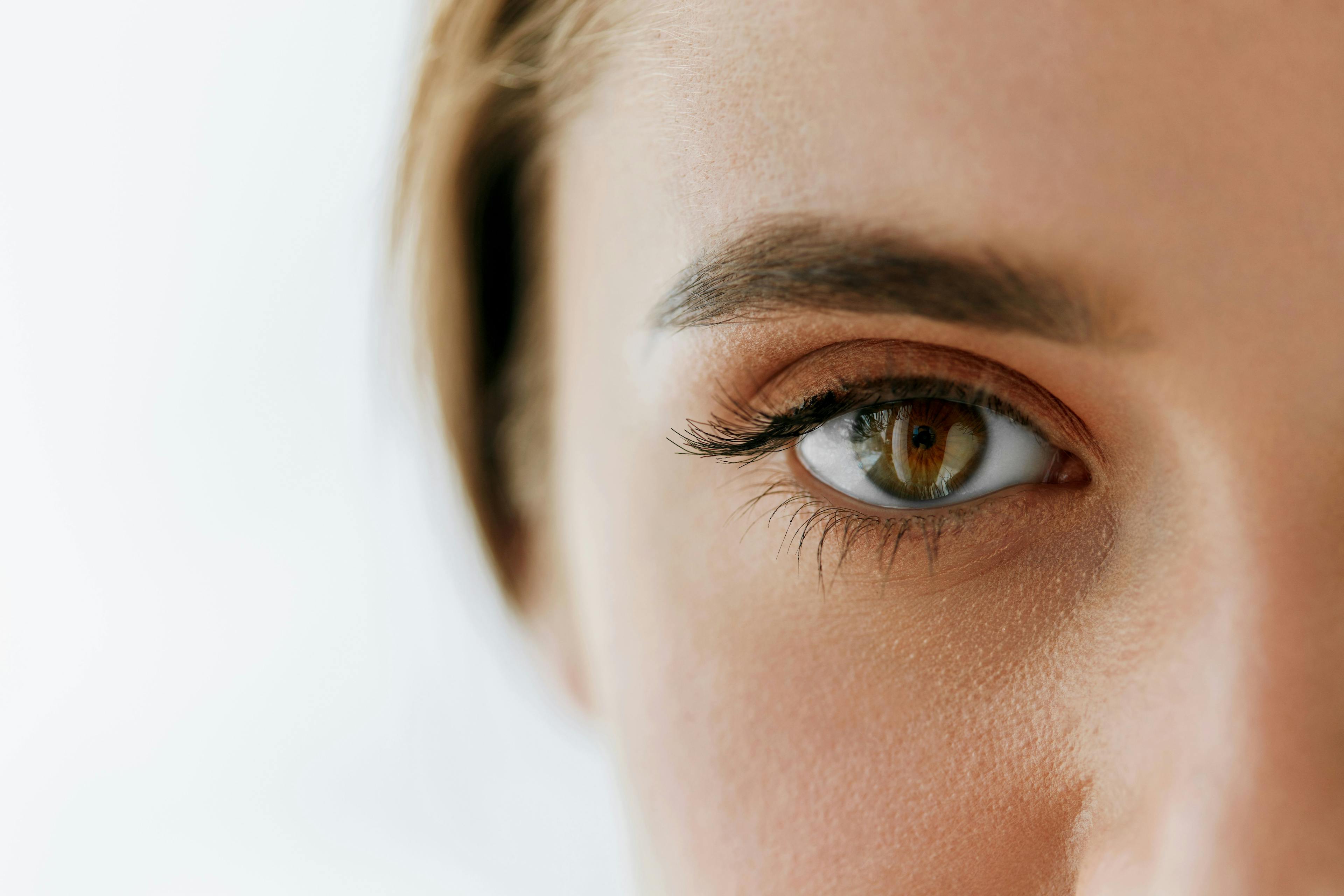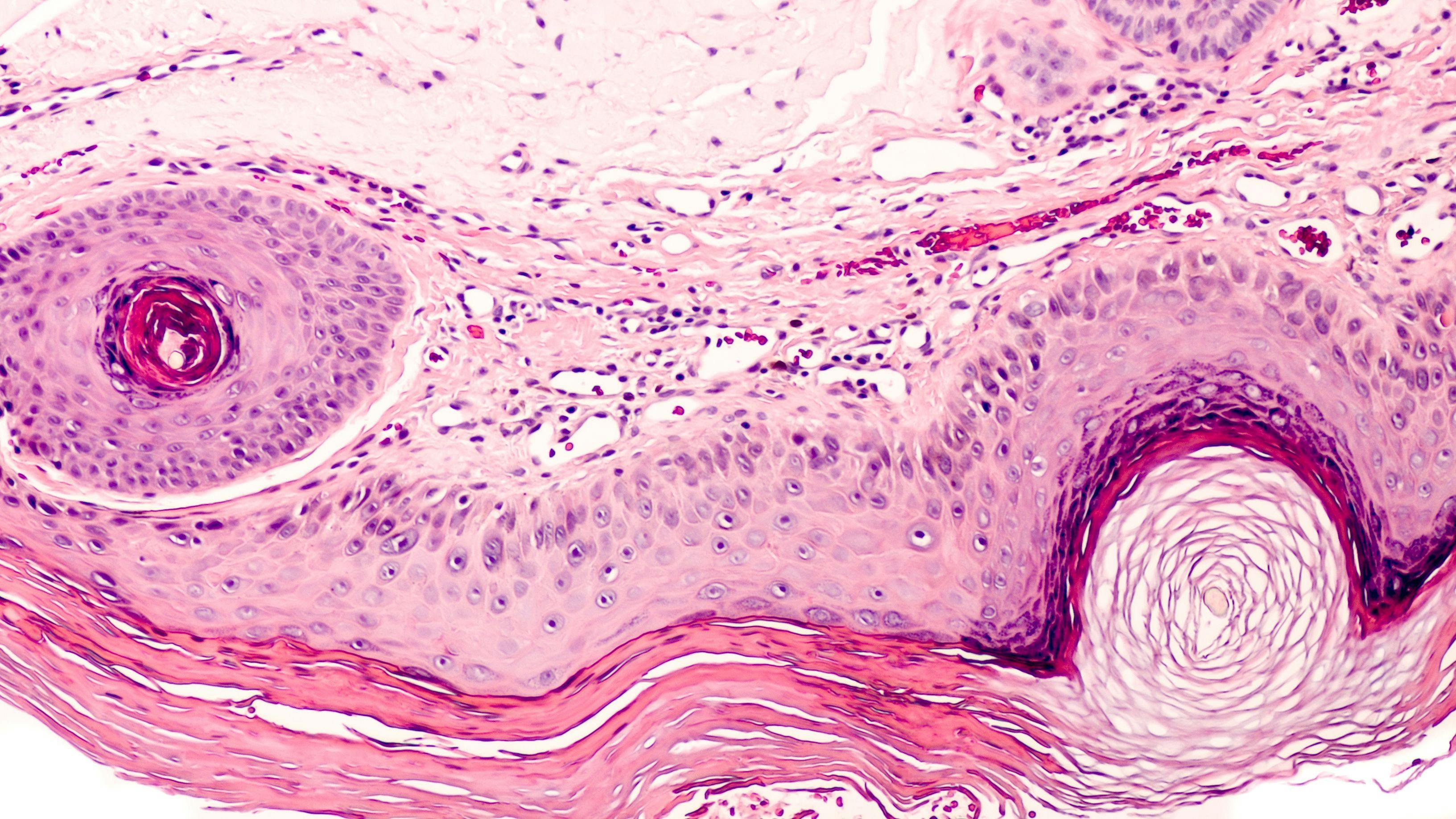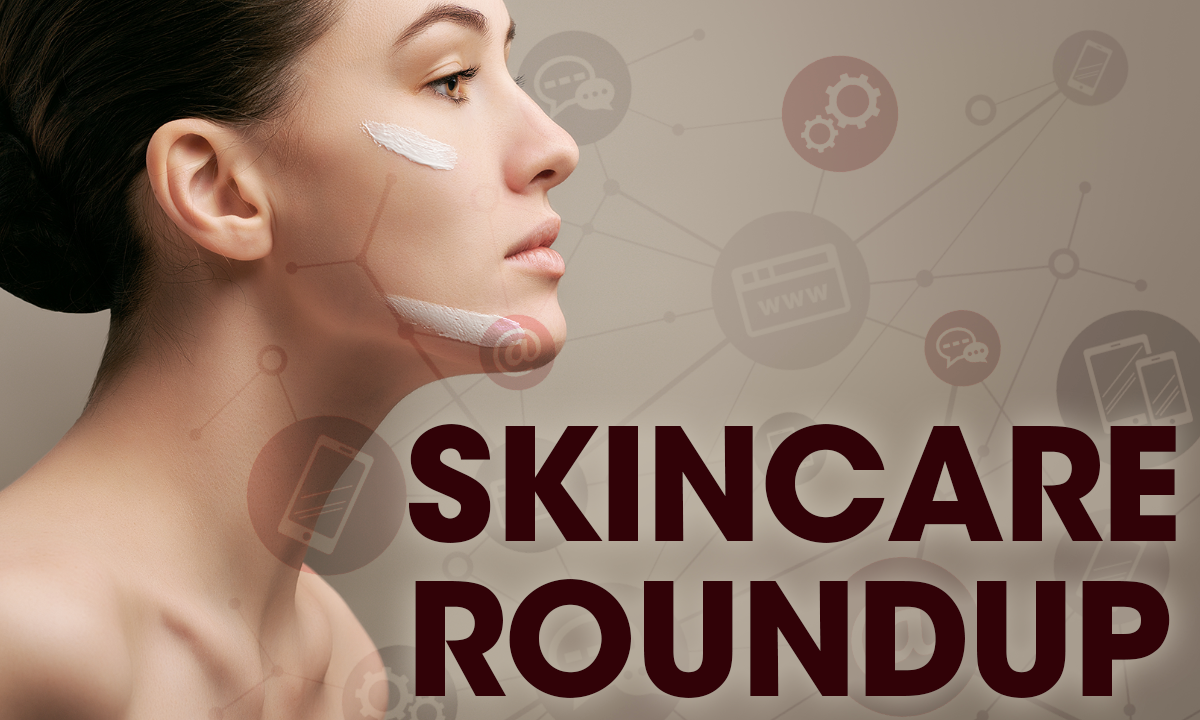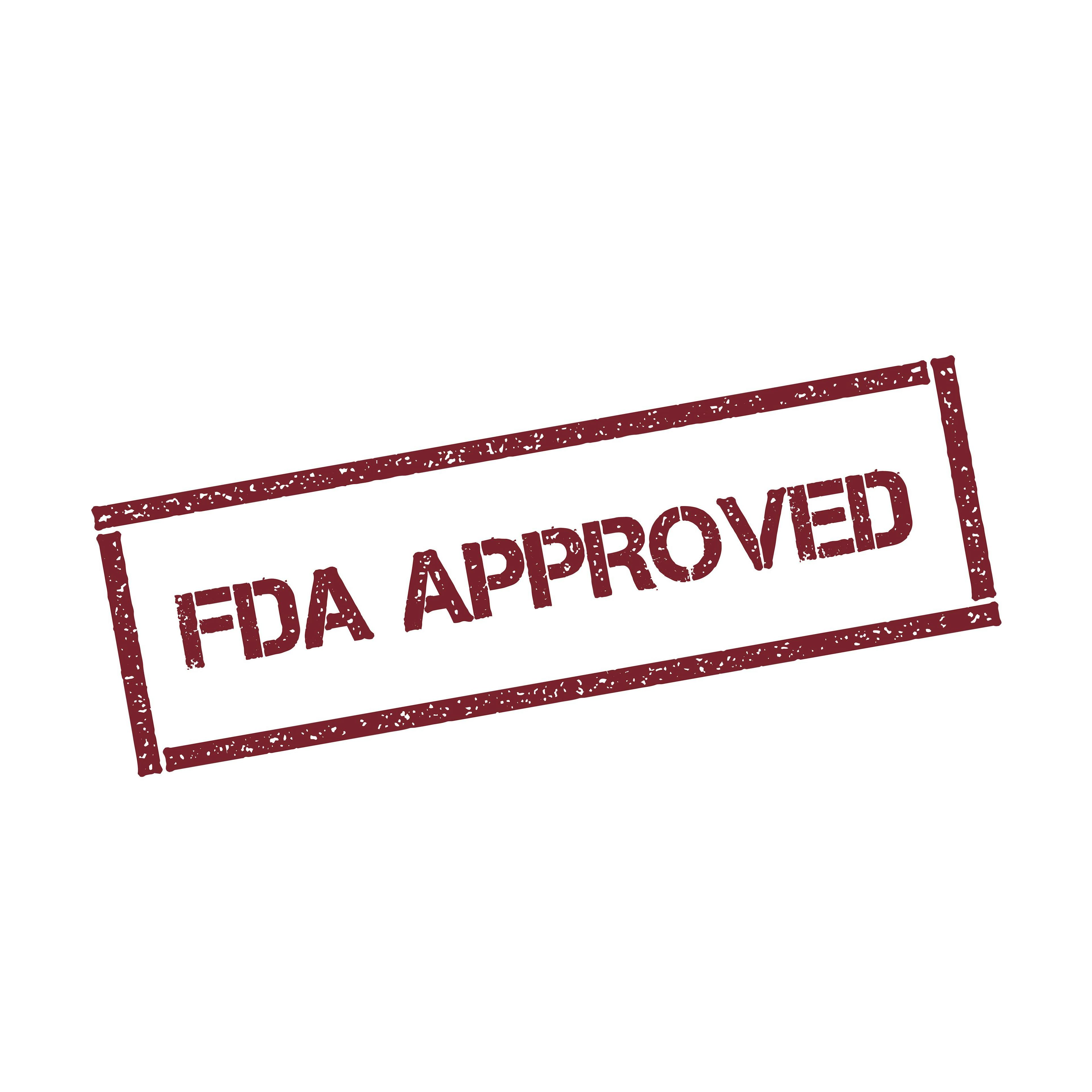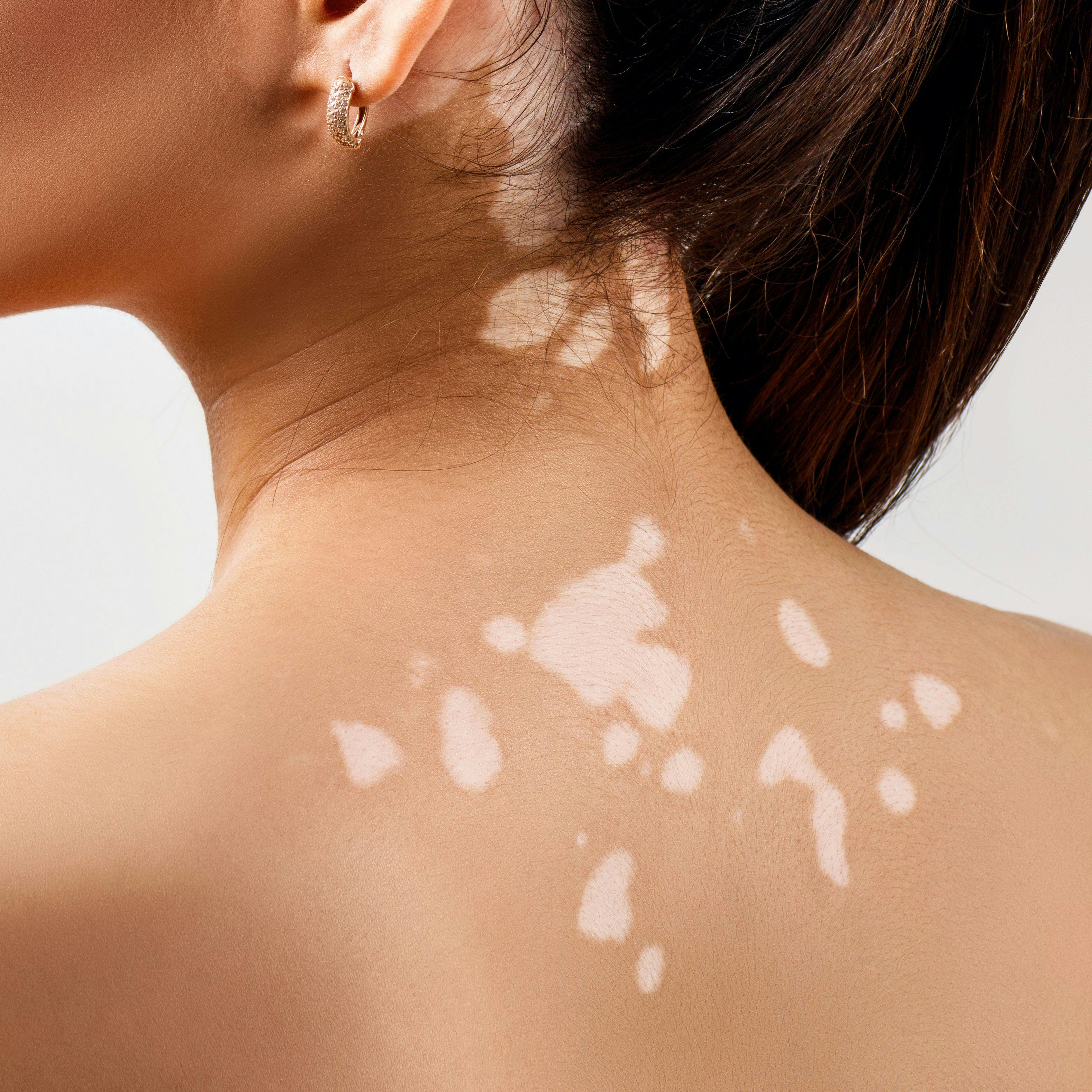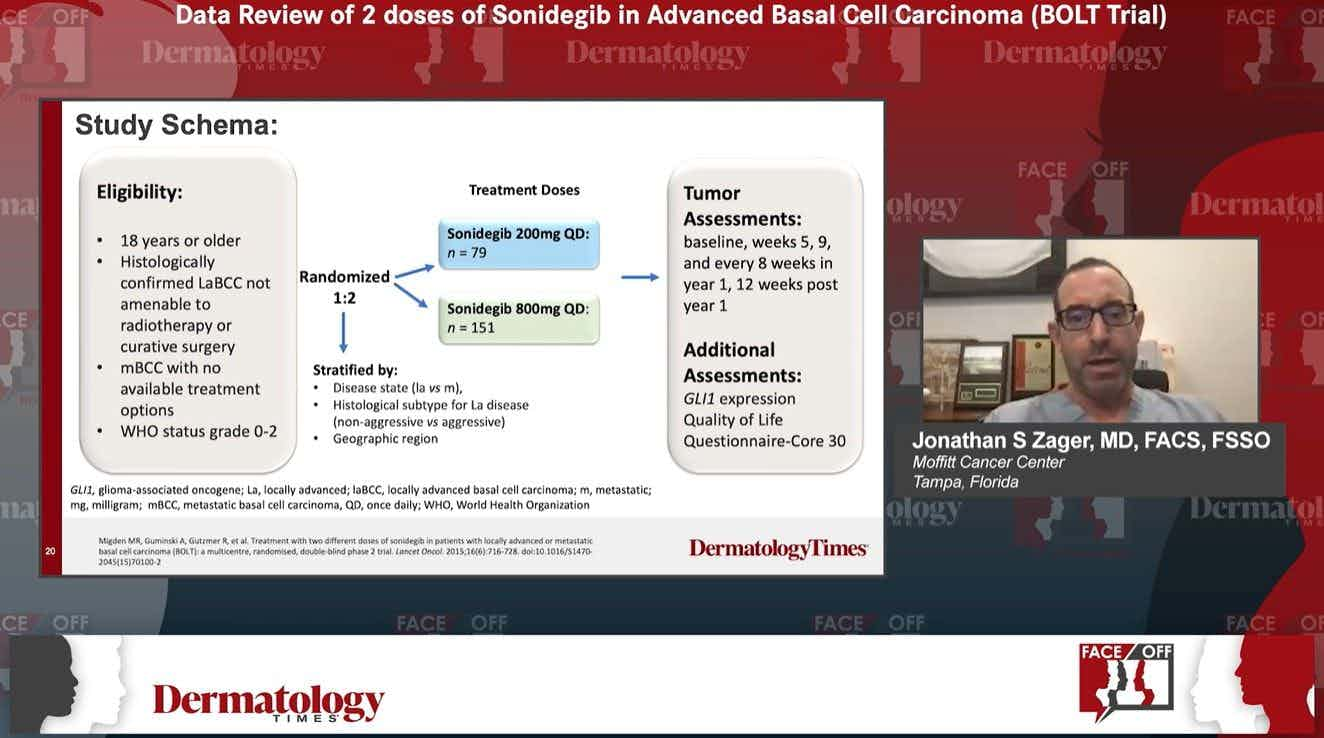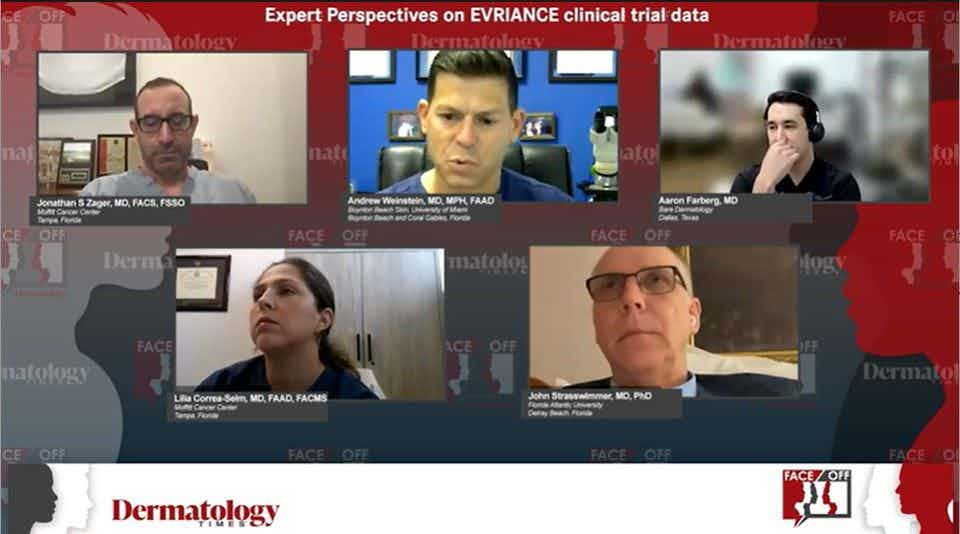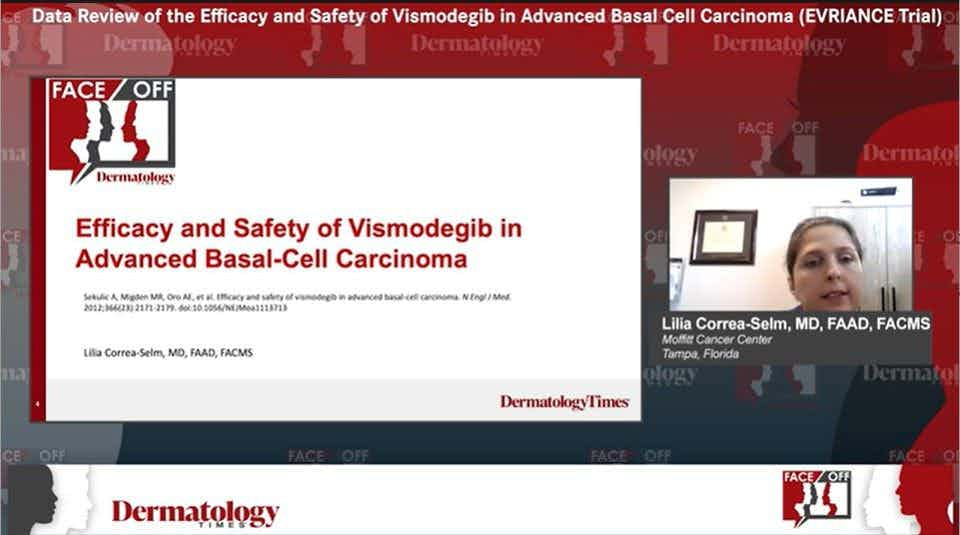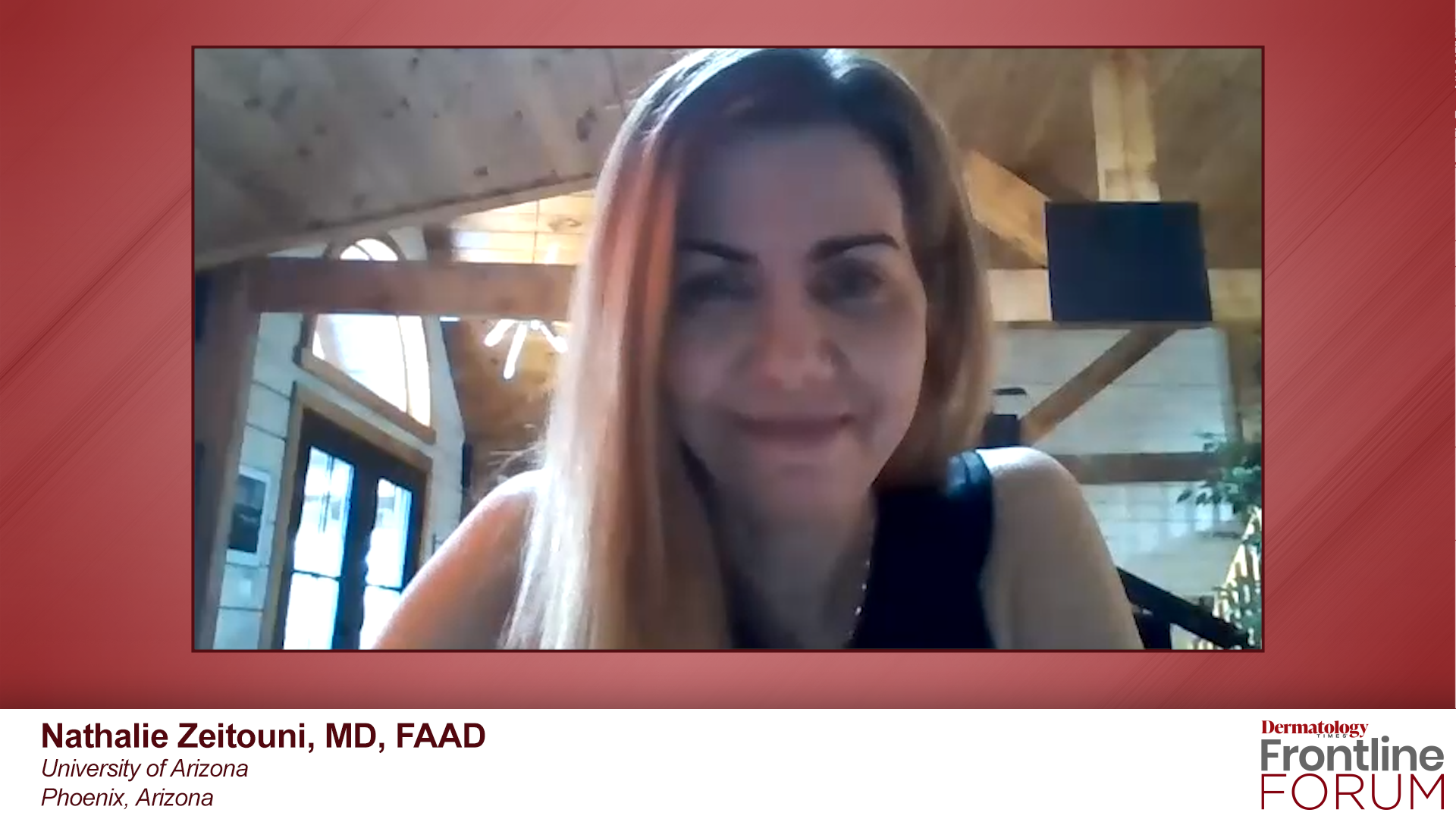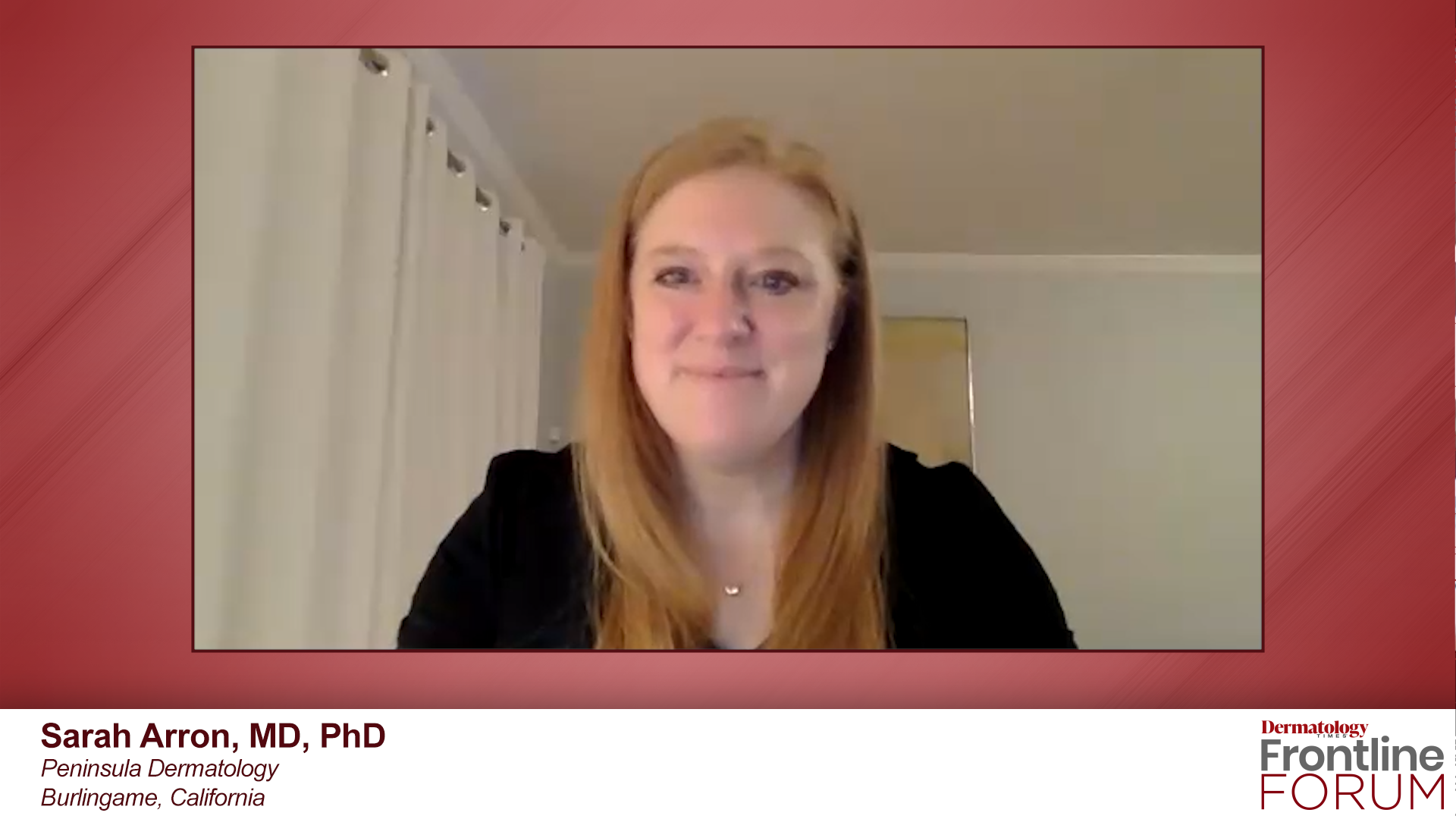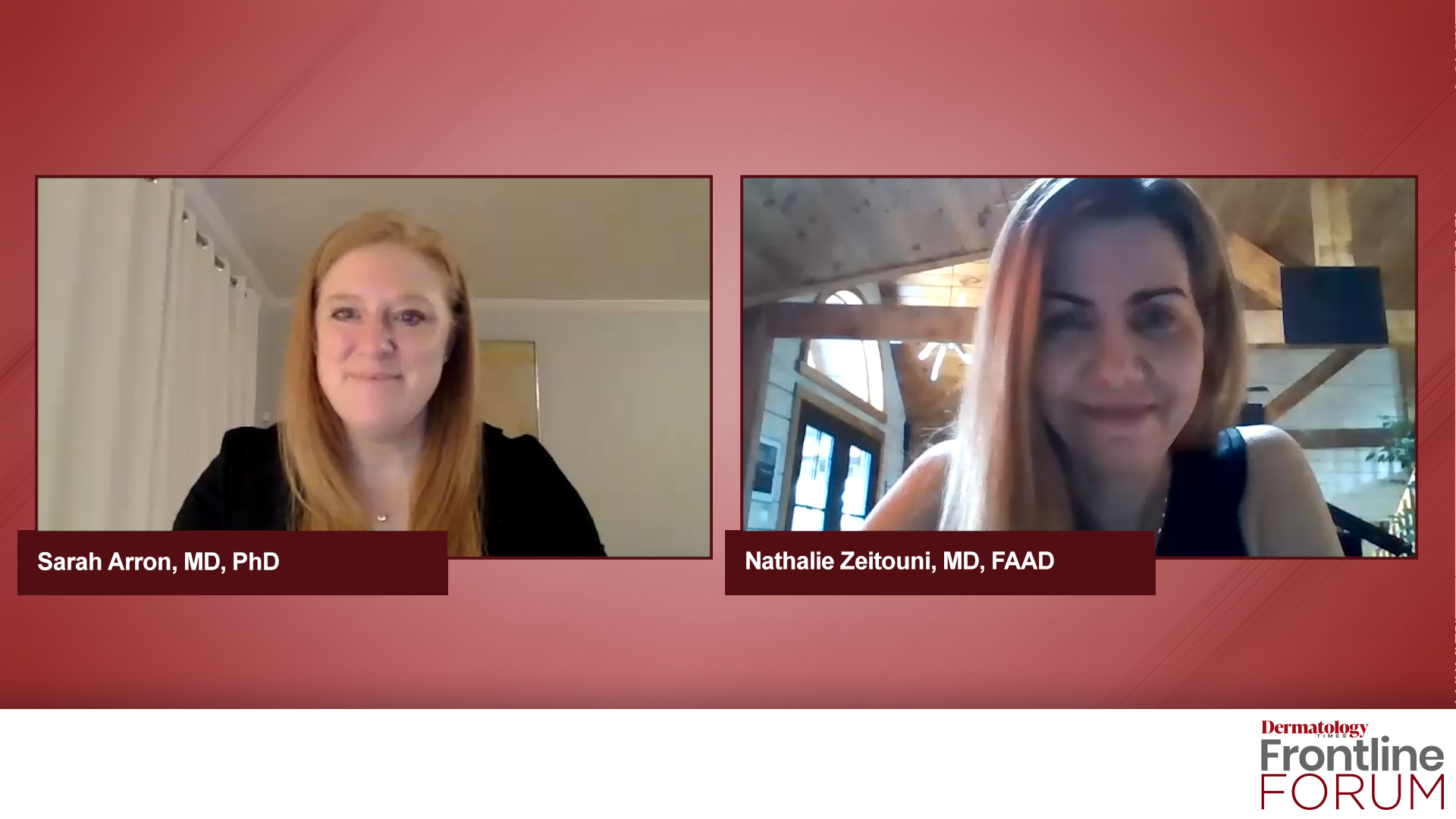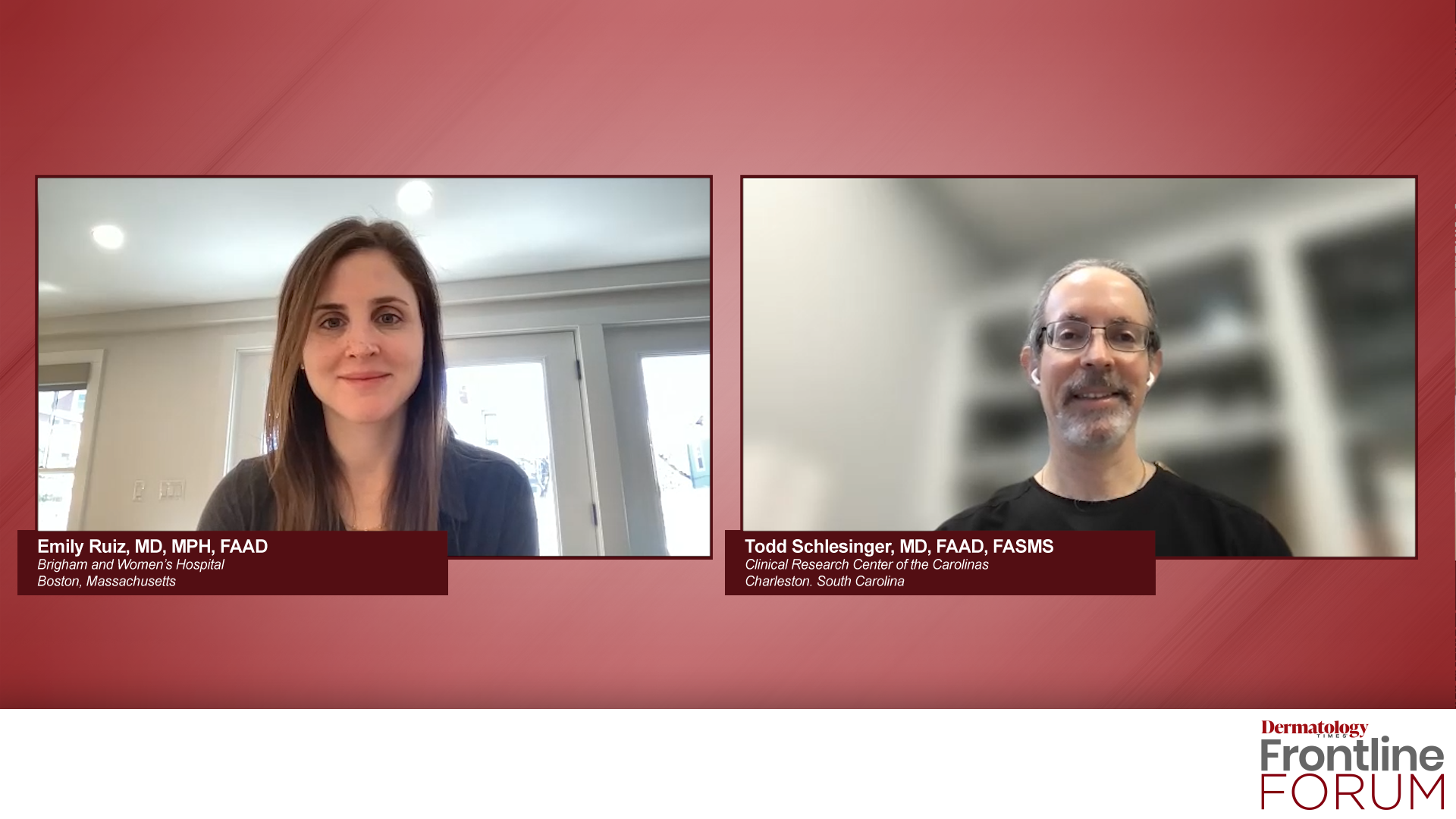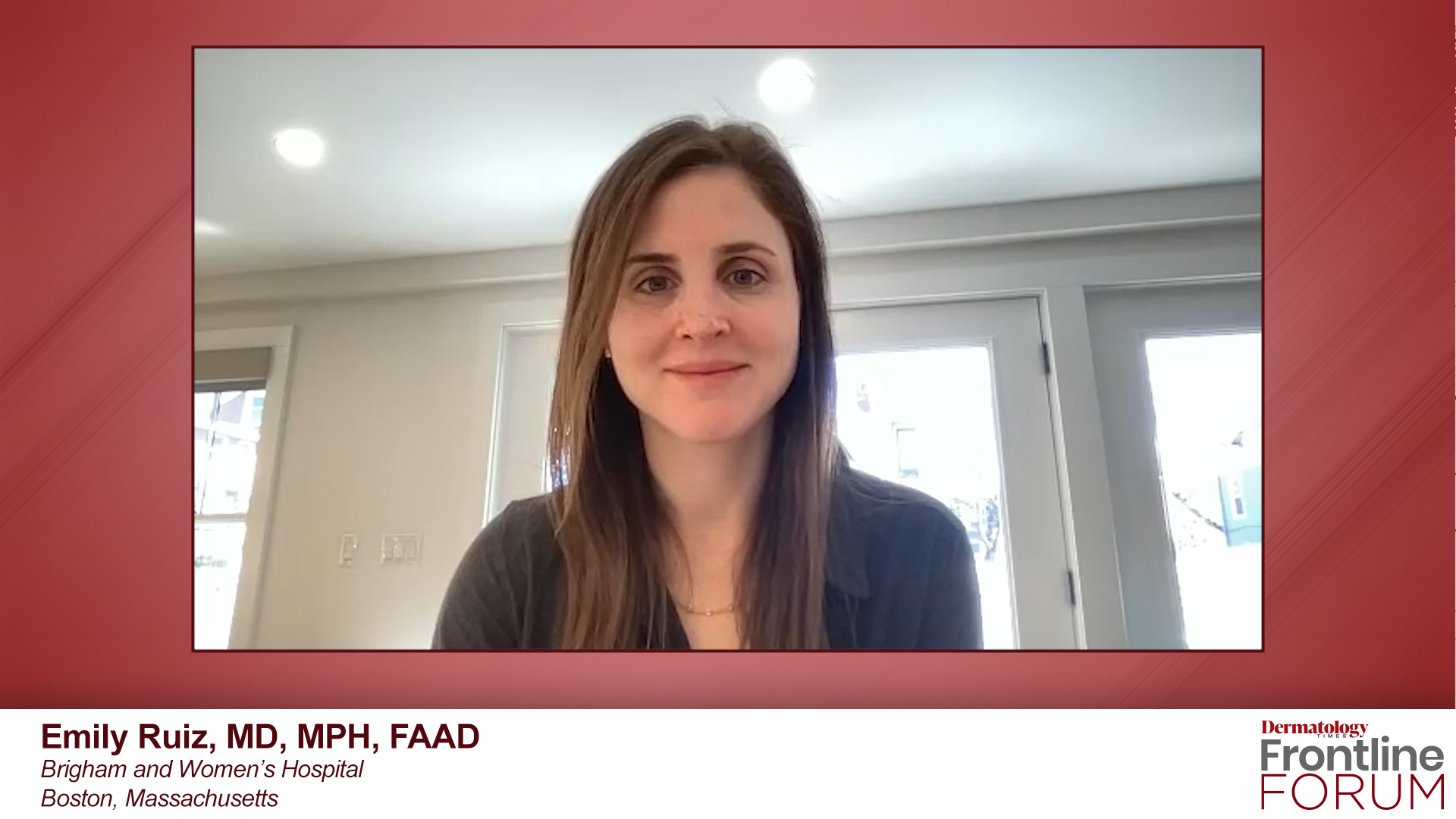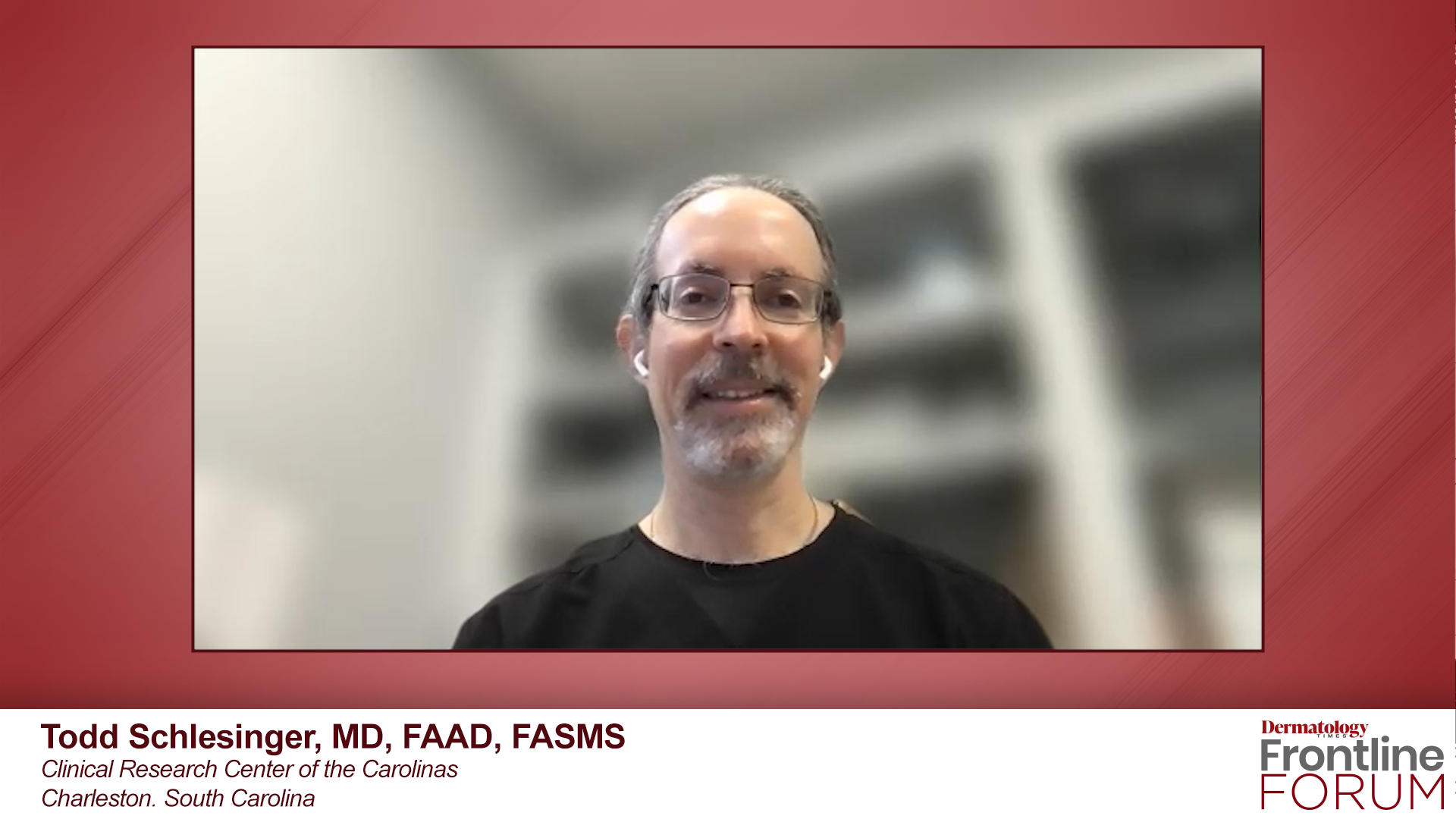- Acne
- Actinic Keratosis
- Aesthetics
- Alopecia
- Atopic Dermatitis
- Buy-and-Bill
- COVID-19
- Case-Based Roundtable
- Chronic Hand Eczema
- Chronic Spontaneous Urticaria
- Drug Watch
- Eczema
- General Dermatology
- Hidradenitis Suppurativa
- Melasma
- NP and PA
- Pediatric Dermatology
- Pigmentary Disorders
- Practice Management
- Precision Medicine and Biologics
- Prurigo Nodularis
- Psoriasis
- Psoriatic Arthritis
- Rare Disease
- Rosacea
- Skin Cancer
- Vitiligo
- Wound Care
Publication
Article
Dermatology Times
New Guidelines for Treatment of Actinic Keratosis
Author(s):
The Journal of the American Academy of Dermatology has published new recommendations for the treatment of actinic keratosis (AK).
The Journal of the American Academy of Dermatology (JAAD) published new guidelines for the treatment and management of actinic keratosis (AK).
The goal of the study was to analyze the current reports of management for AK to provide recommendations for treatment. Other categories observed were the grading, histologic classification, natural history, risk of progression, and dermatologic surveillance of AK.
The researchers worked to address 5 questions:
1. What is the efficacy, effectiveness, and adverse effects of surgical and chemical peel treatments for AK?
2. What is the efficacy, effectiveness, and adverse effects of topically applied agents for AK?
3. What is the efficacy, effectiveness, and adverse effects of energy devices and other miscellaneous treatments for AK?
4. What is the efficacy, effectiveness, and adverse effects of combination therapy for the treatment of AK?
5. What are the special considerations to be taken when treating AK in immunocompromised individuals?
They used the Grading of Recommendations, Assessment, Development, and Evaluation (GRADE) approach to assess the veracity of the evidence to formulate and grade clinical recommendations. The population of the randomized controlled trials (RCT) included in the decision making were adults 18 years or older with a clinical or histopathologic diagnosis of AK treated with standard approved treatments that are regularly used in the United States.
The current treatment options available for AK are topical creams, gels, and solutions; cryosurgery; and photodynamic therapy (PDT). The RCTs demonstrated sunscreen use to prevent ultraviolet (UV) exposure results in a small reduction in AK incidence and development.
The work group recommends the use of UV protection, and this includes avoiding the sun, and using sun-protective clothing and broad-spectrum sunscreen.
Topical creams, gels, and solutions for the management of AK is common practice. Based on current literature, there was support for a strong treatment recommendation with either 5-fluorouracil (5-FU) or imiquimod. The decision for the 5-FU was based on multiple trials including a field treatment of 5% 5-FU twice a day for 4 weeks compared to placebo. After 6 months, skin clearance was 38% for 5-FU and 17% for placebo. In 4 other placebo-controlled studies, a dose of .05% of 5-FU was evaluated for safety and efficacy, and these studies suggested the lower dose may be more effective than placebo for treatment. For the safety profile, 2 studies gathered data on skin irritation, advising that more than 90% of patients treated with the 0.5% dose experienced irritation.
For imiquimod, 12 randomized, placebo-controlled studies on the efficacy and safety of the treatment were reviewed. Multiple concentrations of imiquimod were examined including 5%, 3.75%, and 2.5%, and the efficacy of each were in question.
For the 5% dose, 8 trials were considered with a clearance rate average of 29.3% with the topical being applied 2 to 3 times a week for 1 to 2 treatment courses. The 3.75% dose applied daily between 2 periods of 3 weeks with a break of 3 weeks between treats reported complete clearance rates of 34% to 5.5%. Another study with imiquimod applied daily for 2 weeks on a 2-week break and 2 weeks on again saw clearance rates of 35.6%. Efficacy and safety of the 2.5% concentration was studied in 3 trials. When applied daily for 2-week periods with a 2 week break in-between, had complete-clearance rates of 30.6% and 33.3%. The longer treatment studies, where imiquimod was applied daily for 2 periods of 3 weeks with a break of 3 weeks between reported complete clearance rates of 25% and 43.2% at 17 weeks and 12 months.
The main adverse event (AE) was influenza-like symptoms for each of the concentrations.
Use of 5-FU in combination therapy with calcipotriene needs greater study data before the work group can make a guidance. Conditionally, they recommend the use of diclofenac as it has a lower quality of evidence. There is no recommendation for the use of ingenol mebutate as treatment for AK. Tirbanibulin was approved as treatment for AK on the face and scalp by the FDA after the analysis was complete.
Cryosurgery is also strongly recommended as a treatment for AK. Tt has been reported to treat between 57% and 98% of AK after follow up between 3 months to 8 and a half years. The rates of clearance changes based on the freeze times. A duration of 5 seconds had rates of 39%, 5-20 seconds had 69% rates, and more than 20 seconds achieved 83% rates.
The AEs at risk during and after treatment is discomfort and dyschromia.
PDT with 5-aminolevulinic acid (ALA)-red light data was considered over 4 studies. In the studies, they used the 10% ALA gel and found it was more effective than placebo for lesion reduction, complete AK clearance, and prevention of carcinoma development. The overall quality of evidence is low, so conditionally, the ALA-red light PDT is recommended as treatment. In addition to that recommendation, the work group also conditionally recommends treatment ALA-red light PDT over 35% trichloroacetic acid (TCA) peel for AK management.
ALA-blue light PDT achieved better benefits than placebo in complete clearance, partial clearance, lesion reduction, and prevention of carcinoma development.
“At week 8, pooled data suggest that 82.2% of AKs treated with 1 course of ALA-blue light PDT cleared from baseline compared with 28.8% treated with placebo-blue light PDT,” authors wrote. “An additional study reports that 8 weeks after 1 treatment, a greater proportion of participants receiving ALA-blue light PDT achieved complete clearance and partial clearance compared to participants receiving placebo-blue light PDT.”
The AEs included erythema, edema, stinging, or burning at the treatment site. With all this in mind, the work group conditionally recommends ALA-blue light PDT as a treatment for AK. The work group also conditionally recommends against pretreatment with alpha hydroxy acid solution before ALA-blue light PDT. This is based on low quality evidence.
Liquid nitrogen was also compared to red light PDT with 8 mg ALA patches for treating mild to moderate AKs. At 12 weeks after treatment, there was less AKs cleared, and clearance rates were lower from cryosurgery vs. ALA-patch PDT from baseline. Based on this, the work group conditionally recommends ALA-PDT over cryosurgery for AK treatment.
For combination therapy, there are 5 recommendations.
Two studies investigated the use of 5-FU and cryosurgery together. One of the studies compared a 1-week pretreatment of 0.5% of 5-FU cream before cryosurgery. This achieved a small improvement in treatment and the extent of benefit from repeated cycles of the therapies dissipated compared to cryosurgery alone. There were nonsignificant differences in AEs after the first combination treatment cycle. The work group recommends the combine 5-FU cream and cryosurgery conditionally over cryosurgery alone.
Studies compared the use of imiquimod in 3.75% or 5% concentrations after cryosurgery to cryosurgery with placebo. Efficacy of combination therapy was evaluated using complete clearance rates, lesion reduction, and cosmetic appearance. All study outcomes supported combined treatment over cryosurgery alone.
Rates of complete clearance were 22.6% in patients treated with a combination of 5% imiquimod and cryosurgery compared to about 9% in patients treated with placebo cream and cryosurgery, 22 weeks after treatment. Patients in the 3.75% imiquimod treatment arm in combination with cryosurgery had a rate of complete clearance at 26 weeks after treatment of 30.2% compared to 3.3% for placebo treatment arm patients. Patients in these studies who received combination therapy had increased rates of localized skin reactions and other AEs compared to placebo.
The work group conditionally recommends of imiquimod and cryotherapy combination therapy over cryotherapy alone based on the low-quality evidence.
There was a multicenter, open-label study that investigated the efficacy and safety of topical diclofenac sodium (DFS) after cryosurgery to maximize the complete clearance of AKs. A study investigated patients 90 days after cryosurgery treatment, they were randomized whether to receive 3% DFS topical or cryosurgery by itself. The DFS treatment arm as a higher complete clearance rate, 45.9%, vs cryosurgery alone, 20.9%. The discontinuation rate was much higher in combination therapy at 8.4% compared to the cryosurgery alone at 1.2%.
The work group conditionally recommends the combination of diclofenac and cryosurgery.
Another therapy combination examined was the use of adapalene gel and cryosurgery. A randomized, comparative study investigated effectiveness of the daily application of 0.1% adapalene gel for 90 days starting 10 days after cryosurgery for AK lesion reduction.
It was found there was no significant increase in lesion reduction in the patients receiving adapalene after cryosurgery, compared to those who received placebo after cryosurgery.
“The mean baseline number of AKs in the cryosurgery plus adapalene gel group was 7.54 ± 3.66, compared with 7.20 ± 3.60 for the cryosurgery plus placebo group. The mean number of lesions was reduced to 3.44 ± 2.71 (percent change from baseline −54.79 ± 3.8%) in the adapalene group and 3.68 ± 2.97 (percent change from baseline −48.60 ± 4.5%) in the placebo group,” the authors wrote.
Due to the lack of perceived benefit in combination therapy, the work group conditionally recommends against the use of adapalene gel in addition to cryosurgery for the treatment of AK.
The combined treatment of 5% imiquimod cream after ALA-blue light PDT was studied. Following 2 months of 2 cycles of ALA blue light PDT treatment, the imiquimod was used twice-weekly therapy for 16 weeks and was studied in a split-face fashion, with half of the face randomized to placebo cream and the contralateral side to 5% imiquimod. There was a small significant increase in lesion reduction in the imiquimod treatment side.
The reduction in lesions at 12 months were 89.9% on the imiquimod treated side and 74.5% on the placebo side, but there was no difference in rates of complete clearance between sides or AEs.
The work group concluded this evidence by conditionally recommending against the use of imiquimod topically after ALA-blue light PDT as treatment would add cost without great benefit.
For treatments not mentioned, there was not enough evidence to properly analyze the benefits and harms of the methods. Further research is needed in immune-compromised patients and for keratinocyte carcinoma prevention.
“This guideline will be considered current for a period of 5 years from the date of publication unless reaffirmed, updated, or retired before that time,” the authors concluded.
Reference:
1. Eisen DB, Asgari MM, Bennett DD, et al. Guidelines of care for the management of actinic keratosis. Journal of the American Academy of Dermatology. 2021;0(0). doi:10.1016/j.jaad.2021.02.082
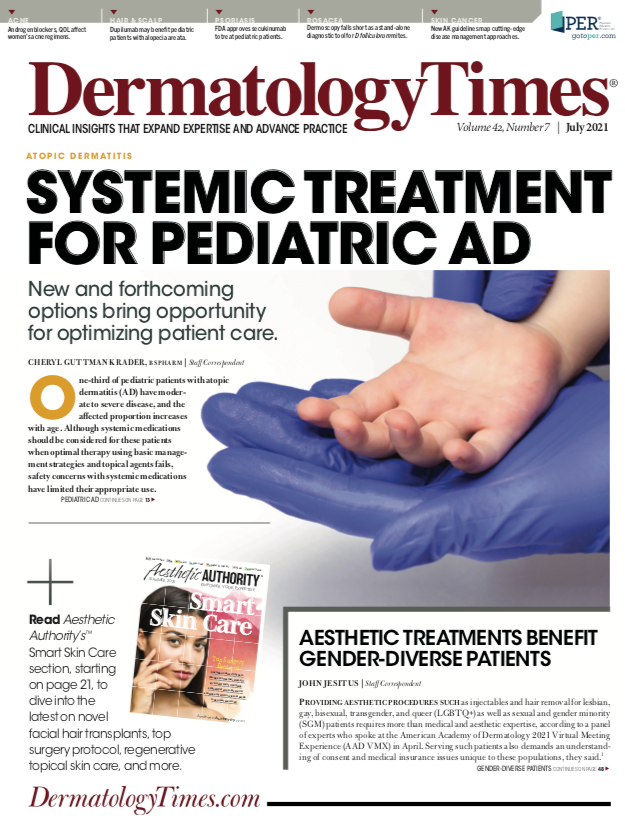
Newsletter
Like what you’re reading? Subscribe to Dermatology Times for weekly updates on therapies, innovations, and real-world practice tips.

